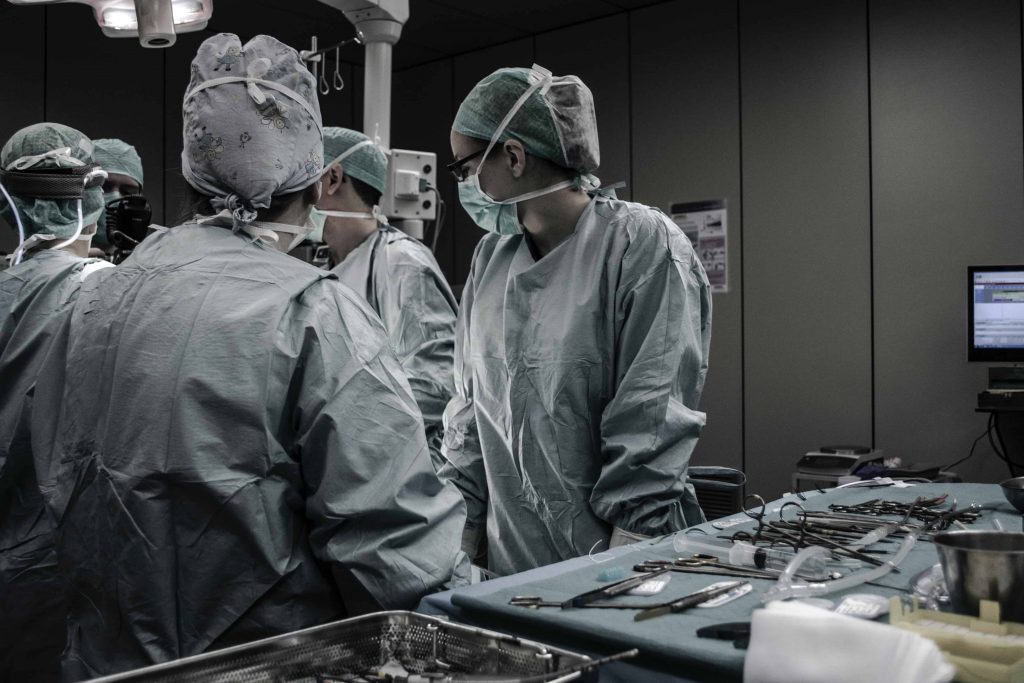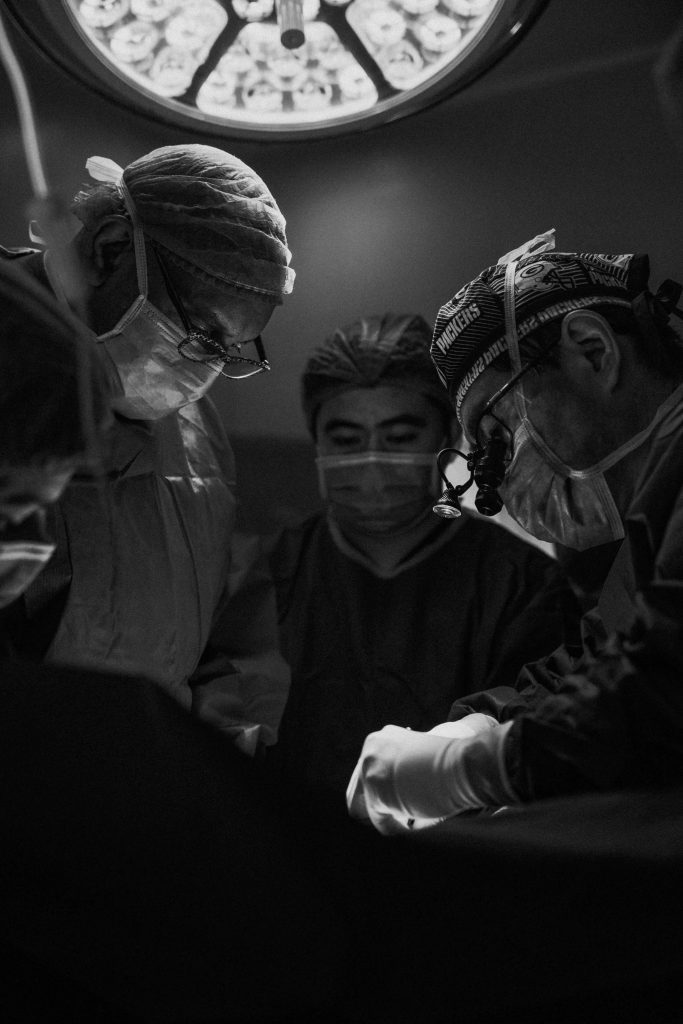
Every year, nearly 5 million people die in India due to medical negligence, about 70% of these accidental deaths can be attributed to human errors. A predominantly ignored subject otherwise, has gained enough traction due to rising awareness about patients’ rights. From being prescribed the wrong medicine to grave mistakes being committed in operation theatres, one cannot deny the pain and suffering the patient goes through because of such negligence. Like any other job, a doctor’s job is of a contractual nature, holding him accountable for all his negligent acts, even punishable in some cases. Doctors, for instance, are bound to exercise an ordinary degree of care and if a medical practitioner has taken reasonable care then he cannot be held liable.
A doctor-patient relationship is simple enough, if a doctor has agreed to take on the case of the patient, then he must provide him with details as to how to continue his treatment and what precautions to take, a breach of these duties gives the patient the right to file an action for negligence. This article aims to explain medical negligence and the liability of medical professionals under different laws.
Medical Negligence and Liability
An act or failure to act by a medical practitioner that deviates from the accepted medical standard of care. It is also synonymously used with the term medical malpractice, although medical negligence is only one required legal element of a medical malpractice claim.
Medical negligence does not equal injury to the patient, sometimes a doctor might deviate from the usual course of treatment, but if the patient is not harmed and their health not impacted then, that negligence won’t lead to a medical malpractice case. To summarize, medical negligence takes the form of medical malpractice when the negligent acts of a doctor cause injury to the patient or further degrades the condition of the patient.

In 1995, the Supreme Court’s decision in Indian Medical Association v. VP Shantha brought the medical profession under the purview of “service” as defined in the Consumer Protection Act, 1986, which defined the relationship between a doctor and a patient as contractual. The court held the services provided by doctors may be personal in nature but they cannot be treated as contracts of service (excluded from the Consumer Protection Act). Patients who had suffered injuries during the course of their treatment could now sue doctors in “procedure-free” Consumer Protection Courts. This act will not come to the rescue of patients if the service rendered is free of charge or is of a nominal registration value. However, if a patient’s charges are waived off because of their incapacity to pay then they are considered as consumers and can sue under this act.
When the scope of the Consumer Protection Act reaches its limit, the law of torts takes over to protect the interests of the patients. These apply even when the services provided are free of cost. In cases where the services offered by doctors do not fall under the limits of “service”, patients can recourse to the law of negligence under the law of torts and successfully claim compensation.
Furthermore, unless there is an emergency a doctor requires the informed consent of the patient before proceeding with major treatment measures. Failure of the doctor or the hospital to carry out this obligation is essentially a tortious liability. A tort is a civil wrong as against a contractual right – a breach that invites judicial intervention by way of awarding damages. Thus, a patient’s right to receive proper medical attention from doctors and hospitals is basically a civil right. The onus is on the patient to prove negligence and that the injury caused to the patient as a consequence of the doctor’s negligence.
In certain cases, negligence is so obvious that it attracts criminal charges. Under Section 304A of the Indian Penal Code(IPC) a doctor can be punished for causing death by a rash or negligent act, for example, let’s say if the death of a patient is caused during operation by a doctor who is not qualified to operate. Due to this, It was being seen that doctors were rampantly accused of medical negligence and were being charged under 304A without proper investigation against them,
hence, Supreme Court made an observation that medical professionals should not be dragged into criminal negligence cases unless it constituted acts of “gross negligence” or “recklessness”. Further, there will be no criminal liability if the patient dies due to an error in judgement or accident. Every civil negligence is not criminal negligence and for it to constitute the same the element of “gross negligence” must be present.
In extremely rare cases can a doctor be prosecuted for murder or attempt to murder, since no doctor’s intention is to kill their patient and hence do not possess the required guilty intention. Whenever a doctor administers a risky treatment procedure, they do so in good faith for the benefit of the patient. A doctor can also be prosecuted for causing hurt or grievous hurt under the IPC. But, Sections 87, 88, 89 and 92 of the IPC provide immunity to doctors acting in “good faith”.
Conclusion
Determining medical negligence is among the hardest jobs considering how complex the job of a medical professional is. Many suits are filed to harass doctors or are filed to escape the payment of bills. After the VP Shantha case, it has become much harder for doctors to escape responsibility and much easier for patients to force negligent doctors to the Consumer Protection Forums. Holding doctors responsible for their actions is important but safeguarding innocent doctors who act in good faith from harassment is also a task of the equal magnitude.
Experts claim that the current 5 million deaths per year could be reduced by a whopping 50% of doctors and medical staff go through a specialized course that teaches them about the handling of the critically ill and injured patients. A study by Harvard University in 2017 said a majority of these deaths occur due to the lack of practical knowledge in doctors and nurses to handle patients when brought to the hospital. All the concerned authorities must take collective action be it the government, medical council and hospitals and restore the faith of the public in our medical institutions.